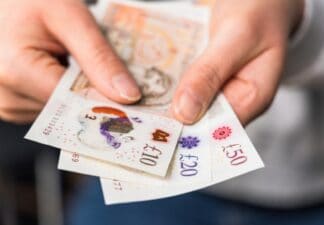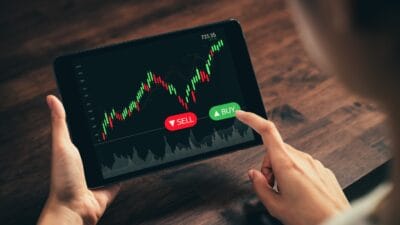Dividend monster Aviva (LSE:AV) impressed investors on Wednesday with the release of its H1 data. The insurer was up early 9% by 9am. The stock has been a recent favourite of mine, and offers a whopping 6.5% dividend yield, even after this morning’s jump.
So let’s take a closer look at Aviva’s earning report and why I’m backing this stock for the long run.
A stellar first half
On Wednesday, insurance firm Aviva said it had witnessed “continuing momentum” in the six months to 30 June. The firm reported growth in both operating profits and own funds generation during the first half.
There was a 14% increase in interim operating profits to £829m. Meanwhile, Solvency II operating own funds generation surged 46% to £538m. General insurance gross written premiums rose 6% to £4.69bn, with a “strong” 94% combined operating ratio. Life sales in the UK and Ireland were up 4% at £16.8bn.
The firm declared an interim dividend of 10.3p, broadly in line with its full-year dividend guidance of around 31p.
However, IFRS losses grew to £633m from £198m, largely reflecting adverse market movements.
Chief executive Amanda Blanc highlighted that the previous six months had been an “excellent” period. “Our scale and diversification give us resilience and opportunity, enabling Aviva to withstand the challenging economic climate,” she added.
Positive outlook
Aviva is in a much healthier position now than it was just a few years ago, and much of that is down to Blanc. She was appointed CEO in 2020 and set about making the business more manageable and profitable.
The business is considerably leaner than it used to be. Aviva made £7.5bn by selling off its operations in Italy, Turkey and France. And these sales were among eight non-core businesses that were offloaded. The business now focuses on core markets in the UK — where it serves some 18 million customers — Ireland, and Canada.
The insurer currently trades with a price-to-earnings ratio of just 7.3. That’s very low, but reflects some fairly negative sentiments about the health of the UK economy and uncertainty around Brexit.
But I’d contend that Aviva is actually dirt-cheap, especially considering the impressive returns it offers to shareholders in the form of dividends. The business has already proven its capacity to operate in a difficult economic climate, but I think there are positives for the long term.
As a leaner and more stable business, Aviva should be able to offer steady growth in the future. I don’t expect the share price to shoot up, but a sizeable dividend yield and steady growth works for me.
In the near term, I appreciate there will be some challenges, but insurers are pretty resilient. I know the forecast recession is unlikely to be good for business, after all, less economic activity tends to translate into less business for insurers. So that’s something I’ll bear in mind.
But on the whole, Aviva looks like a strong, lean business that I’d buy more of right now. The yield is very attractive and will certainly help my portfolio fight back against inflation.








